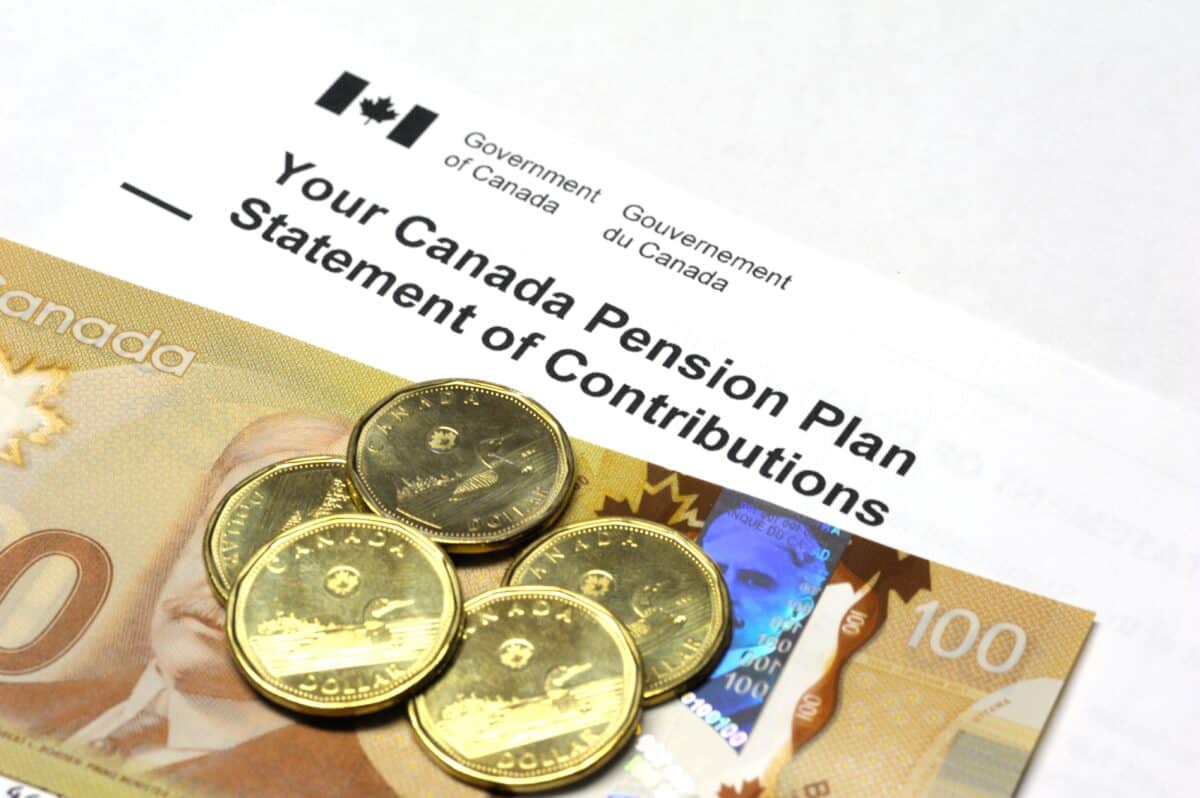The Canadian Pension Plan (CPP) is one of the best benefits Canadians have on hand in retirement, disability leave, or other life events. CPP provides a monthly retirement pension to eligible contributors. As of 2023, the average monthly amount for new beneficiaries was approximately $717.15, while the maximum monthly amount was $1,306.57.
Canadians can start receiving CPP as early as age 60 or delay it until age 70. Early retirement reduces the monthly amount by 0.6% for each month before age 65, while delaying it increases the monthly amount by 0.7% for each month after age 65.
That’s all well and good, but how can you maximize those benefits? Today, let’s look at five strategies to make the most of your CPP.
1. Delay!
One of the best strategies Canadians can use to maximize their benefits is by delaying CPP payments. Delaying your CPP benefits past the age of 65 can significantly increase your monthly payments. For each month you delay, your benefit increases by 0.7%, up to a maximum of 42% at age 70.
What’s more, if you expect your income to be lower after age 65, delaying CPP can also result in lower taxes on your benefits.
2. Max out
Another way to increase your CPP benefits is by maximizing contributions. Ensure that you maximize your annual CPP contributions by aiming for higher earnings, especially during your peak earning years. The more you contribute, the higher your CPP benefits will be.
Another way to achieve this is by working longer. Working longer and contributing for more years can also increase your benefits since CPP is calculated based on your best 39 years of earnings.
3. Pension sharing
Then, there are the benefits of having a partner or spouse. If you are married or in a common-law relationship, you can share your CPP benefits with your spouse. This can result in tax savings and a more balanced income stream. Combined with the other points, this could seriously increase your CPP benefits over time.
4. Consider drop-out provisions
Finally, there are certainly times when you might want to consider dropping out of CPP. Not completely, but there are benefits to this. If you had lower earnings due to child-rearing, you might be eligible for the Child-Rearing Provision, which can exclude these years from the benefit calculation.
This is also the case for disability. If you received CPP disability benefits, these years can also be excluded from your CPP calculation, potentially increasing your retirement benefits.
5. Invest those benefits
Now, you’re receiving your CPP benefits. In this case, the best way to maximize them is by investing. But there are still a few items to consider. Consider tax-efficient accounts like the Tax-Free Savings Account (TFSA) and Registered Retirement Savings Plan (RRSP). From there, find a mix of high-growth stocks and dividend-providing blue-chip companies, as well as exchange-traded funds (ETF).
I would consider Constellation Software (TSX:CSU) for growth and Royal Bank of Canada (TSX:RY) for its blue-chip dividend. Over the past decade, Constellation Software has exhibited an impressive compound annual growth rate (CAGR) of approximately 25.6% and RBC stock at 8.5%. So, how much could you receive from your benefits in just the next year?
Assuming a conservative projection based on the past 10-year CAGR, I estimate a growth rate of 25.6% for the next year for CSU stock and 8.5% for RBC stock. I’ll also add in a 0.14% dividend yield for CSU and 4% for RBC stock. Here is what that could turn into from investing a maximum monthly CPP amount of $1,306.57.
| COMPANY | RECENT PRICE | TOTAL INVESTMENT | NUMBER OF SHARES | DIVIDEND | TOTAL PAYOUT | FREQUENCY | SHARE INCREASE | NEW PRICE | TOTAL RETURNS | PORTFOLIO TOTAL |
| CSU | $3,800 | $7839.42 | 2 | $5.47 | $10.94 | quarterly | 25.6% | $4,772.8 | $1,706.18 | $9,556.54 |
| RY | $142 | $7839.42 | 55 | $5.68 | $312.40 | quarterly | 8.5% | $154.07 | $634.43 | $8,786.25 |
In total, by investing your benefits, you could have a portfolio of $18,342.79 in just a year. That would be an increase of $2,653.01!








